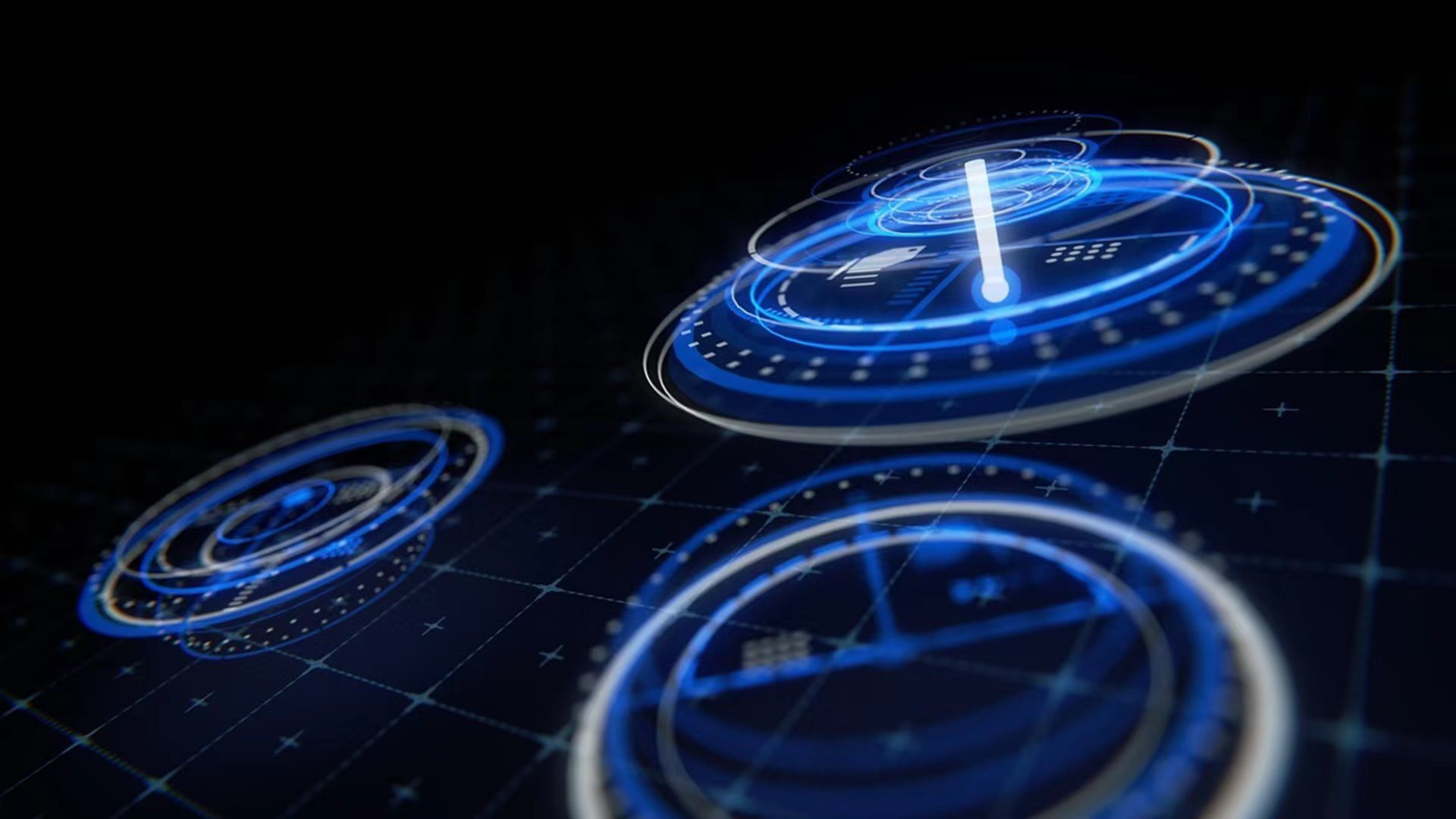The World through the Eyes of LiDAR
Author | Zhou Mianwu
Editor | Leng Zelin
On June 22, 2022, NIO held an ET7 LiDAR communication meeting online, and Dr. Bai Jian, Vice President of NIO Intelligent Hardware, explained the relevant details for us.
The World through LiDAR’s Eyes
LiDAR is divided into an emitting part, a receiving part, and a point cloud generation part.
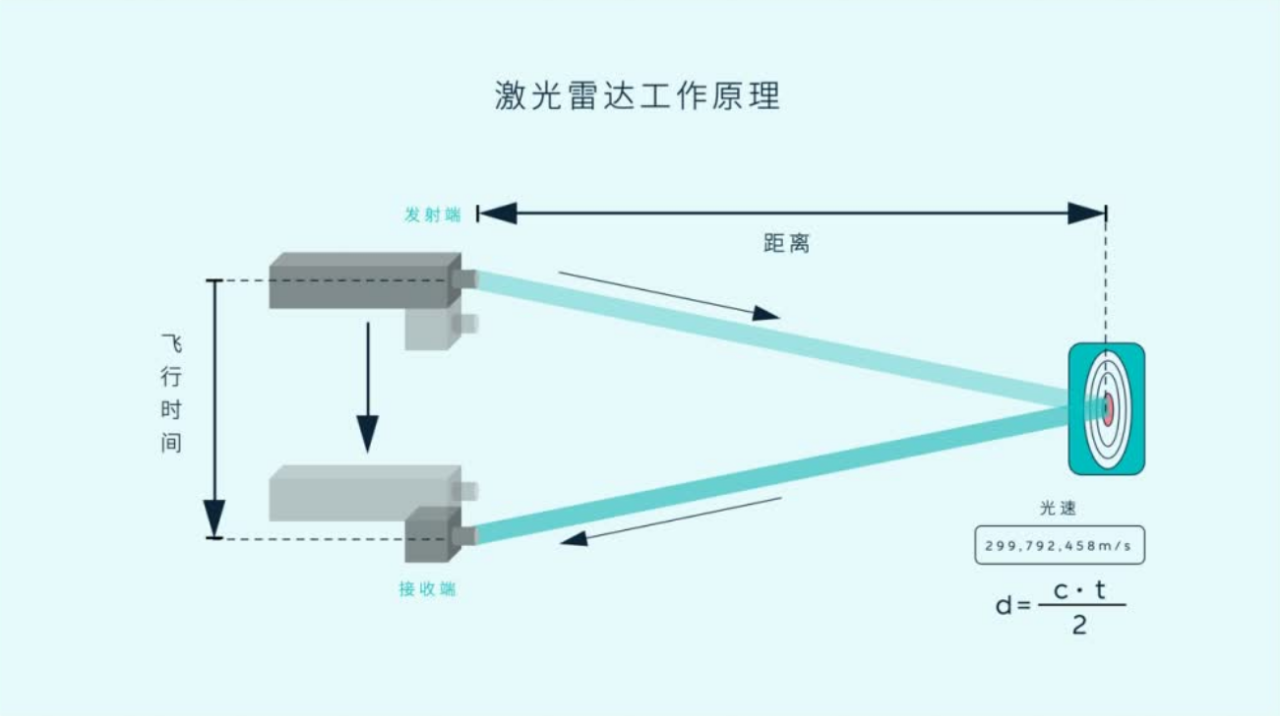
The emitting end will continuously emit equidistant beams of light, which will scan the area in front of the vehicle at equidistant intervals. When it encounters an obstacle, it will be reflected back to the receiving end.
By multiplying the difference in time between the emission and reception of the laser by the speed of light, the distance between objects and the vehicle can be determined. Because the wavelength of the laser is very stable, the ranging accuracy is quite high, and 3D information can be obtained, unlike cameras that can only provide 2D information.
For example, in this real scenario, the sunlight is very strong, and the human eye and camera are easily interfered by strong light, resulting in the situation where the end of the tunnel cannot be seen clearly. However, the LiDAR sees it very clearly and transmits it in real-time to the perception and recognition system of autonomous driving.
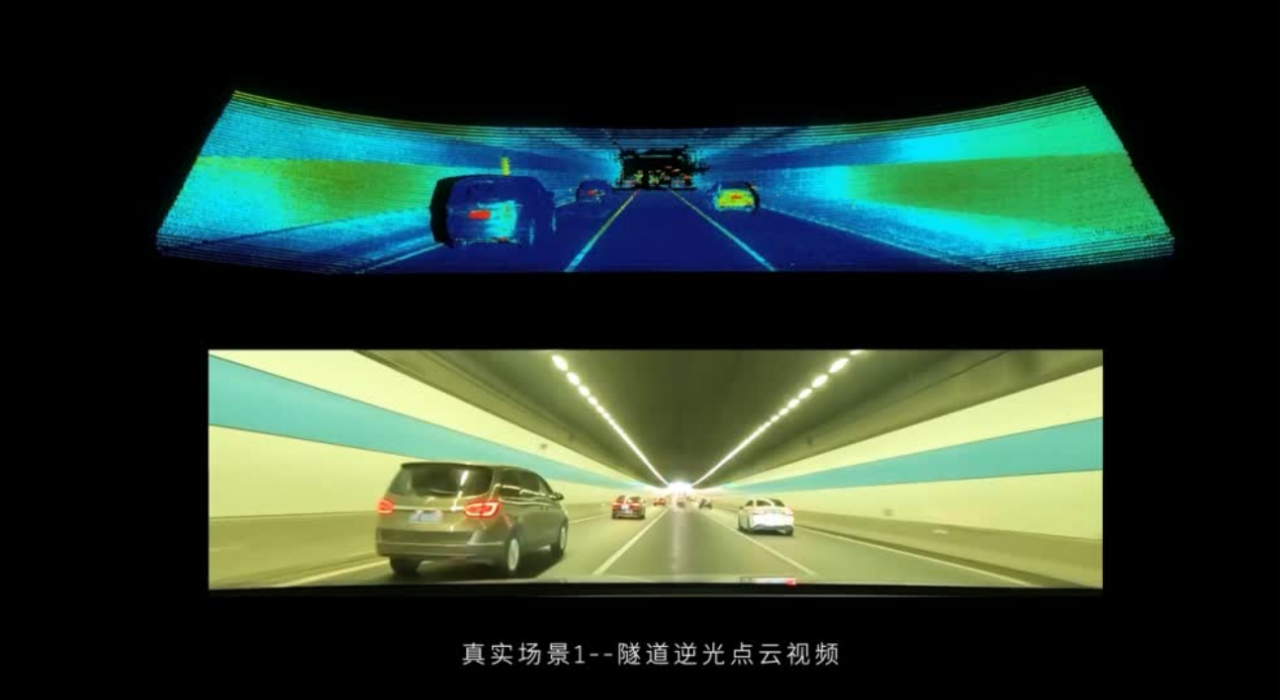
In the second scenario, for an object like a plastic bag, it is difficult for an ordinary camera with low pixel density to distinguish whether it will affect driving. However, for LiDAR, it has the ability to create 3D models and determine that it is a relatively light and thin object that will not affect driving and can be ignored.
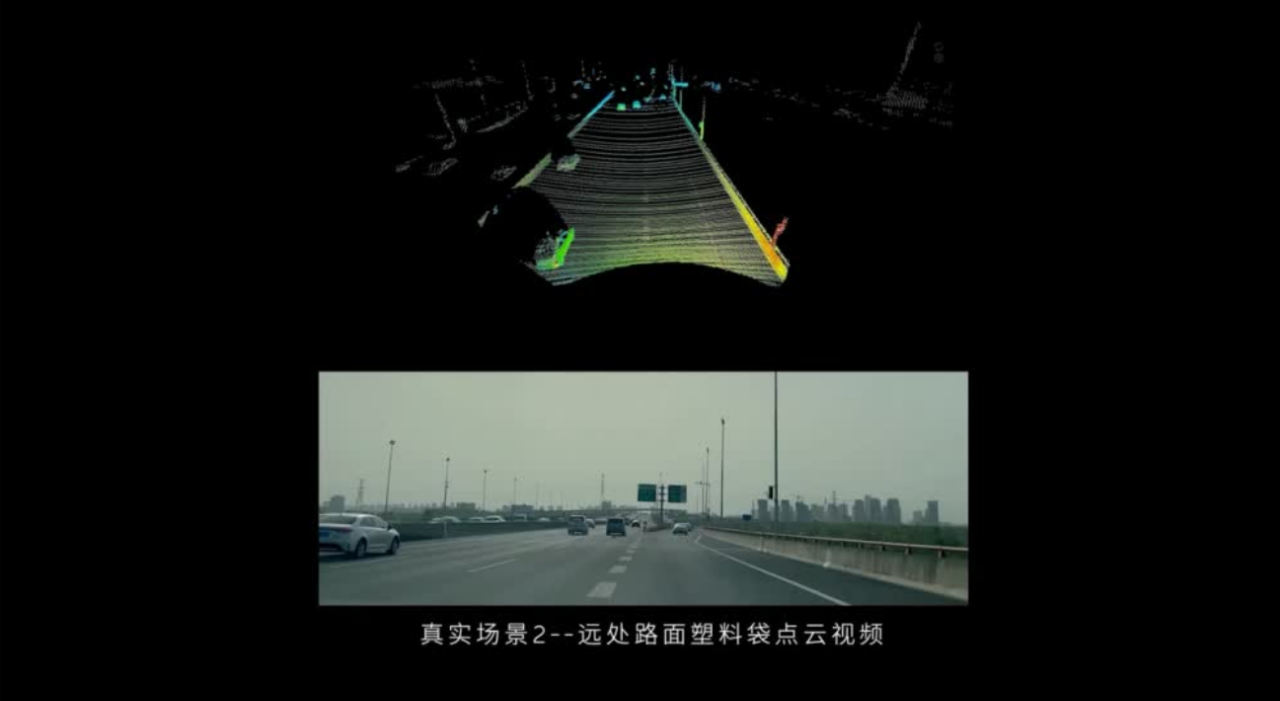
In the third scenario, the bottom right image already shows that the surface of the LiDAR has many stains and sand, but according to the actual background data displayed, the detection has not been affected. If the system determines that the degree of surface dirt has already affected, there will be a prompt on the dashboard to remind the owner to use the cleaning kit for cleaning.
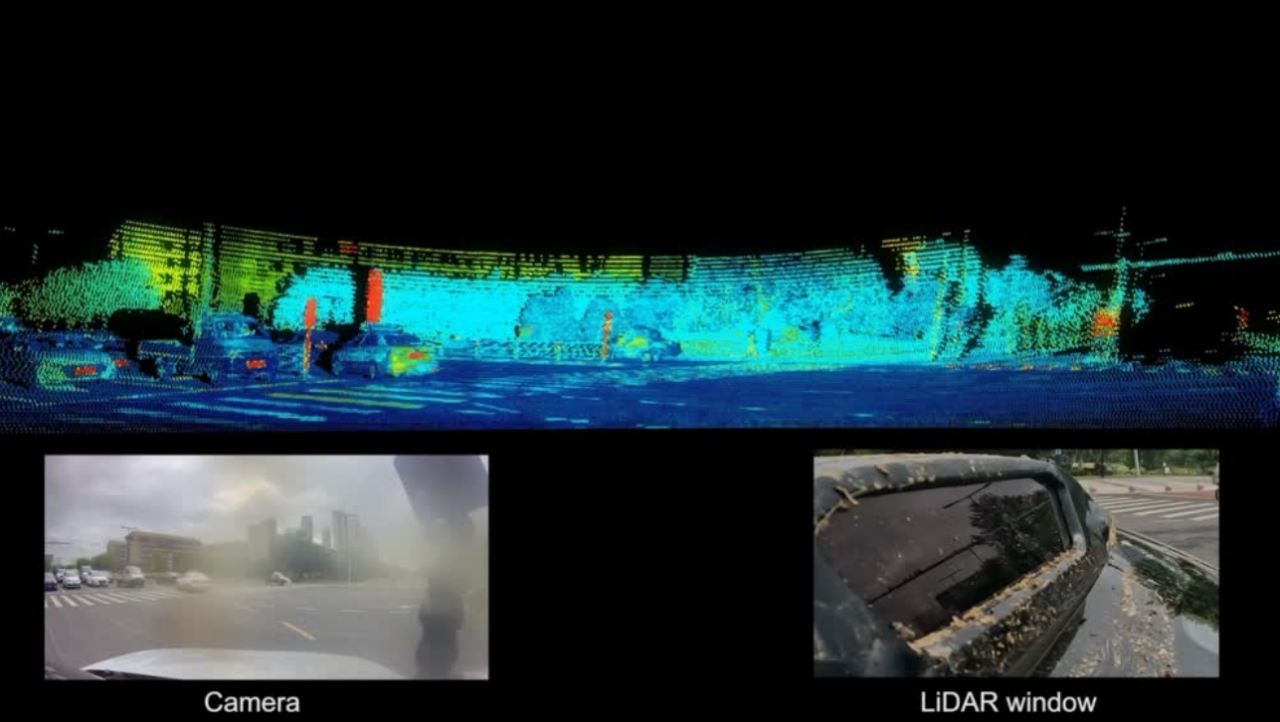
Standards for Judging the Quality of LiDAR
According to Dr. Bai Jian, it is indeed difficult for consumers to judge the quality of LiDAR, and NIO mainly evaluates it from three dimensions: whether it can see far, see clearly, and see stably.
Seeing far:The maximum detection distance of ET7 is 500m, and the effective detection distance is 250m under the condition of 10% reflectivity, while brand A is 200m and brand B is 150m.
The reflectivity of highway signs and indicators is relatively high, while the reflectivity of dark-colored clothes, paint, and car paint is only 10%. However, in nature, the reflectivity of most objects is higher than 10%.
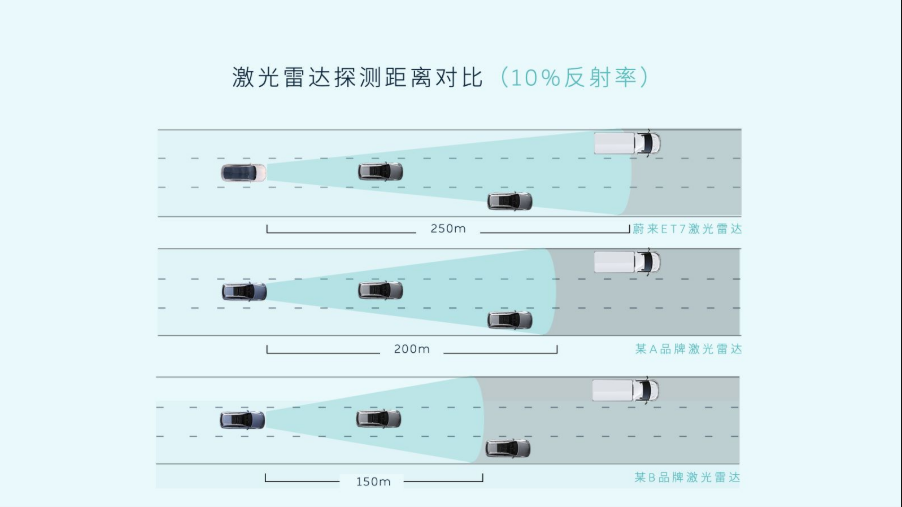
The more detailed the depiction of an object, the clearer it can be seen.
The “Gaze Fixation” function of ET7 has a resolution of 0.06° in both horizontal (H) and vertical (V) angles, while the resolution of most in the industry is 0.1°*0.2°, which can cause significant differences in detecting pedestrians with a height of 1.8m beyond 200m.
The laser radar of ET7 can achieve nearly full coverage, while a 0.1°*0.2° radar can only detect a small portion.
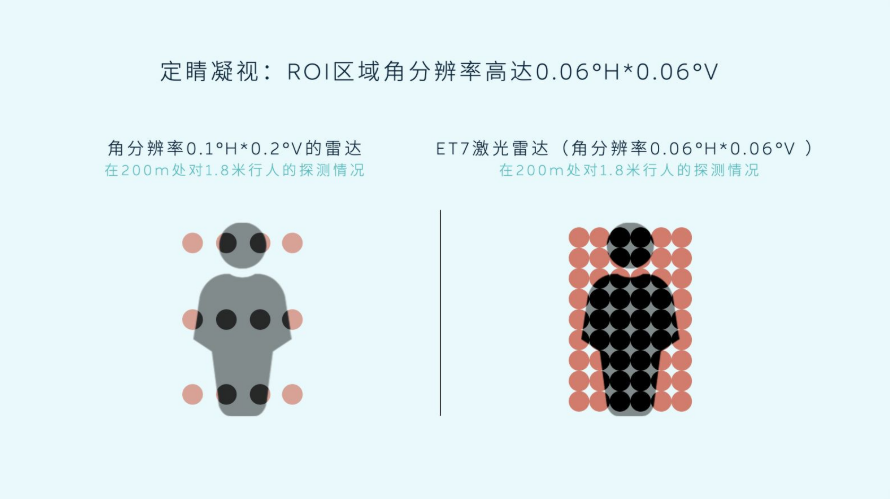
The laser radar of ET7 can adjust the area of “Gaze Fixation” in real-time, and the NAD algorithm will control and adjust it as needed.
The horizontal field of view ranges from 40° left and right, and the vertical field of view ranges 9.6° up and down, greatly improving the coverage of the road ahead.
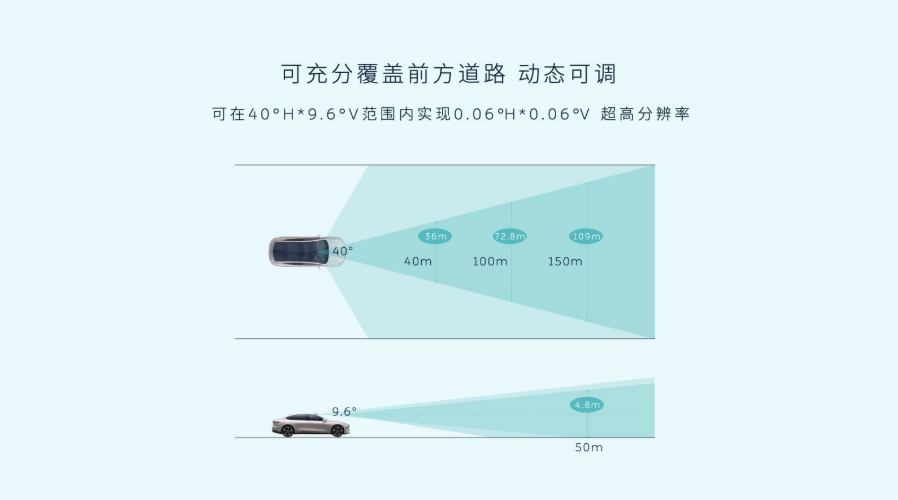
The higher the detection probability (POD), the more accurate the recognition performance will be, which is mainly based on the efficiency of the reflected light acceptance. In an ideal state, the laser radar can output point cloud information for all 100,000 points in a given area, but in reality, due to the system stability or weak signals, only 90,000 points can be obtained, resulting in a POD of 90%. Some poorer laser radars may have a POD of only 50%.

If there is a laser radar on the oncoming car, the NIO system will identify it and issue different beam signals to avoid interference caused by “crossfire.”
Cooperation with Hesai Photonics
The laser radar of ET7 is co-developed by NIO and Hesai Photonics, which is quite different from the traditional approach in the automotive industry.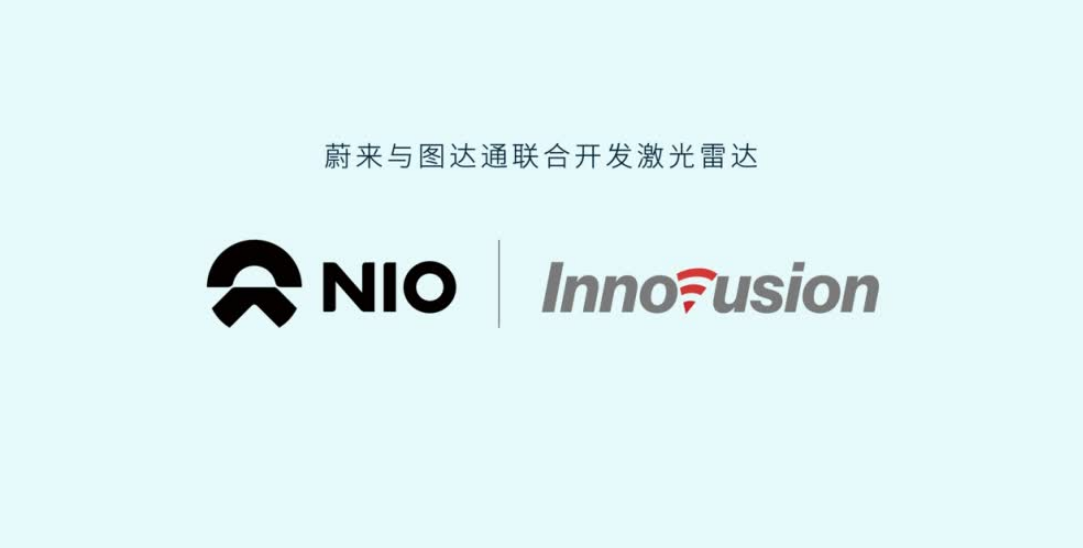
In the past, the sensors in the car were developed by Tier1 suppliers and then handed over to the automaker. This resulted in a long development time, with Tier1 taking around two to three years to develop and the automaker requiring additional years for installation, testing, and acceptance. Furthermore, once Tier1 completes the development, it is difficult for the automaker to do deep customization or modification due to time constraints and lack of technical capability.
Joint development can avoid these two problems. Tech firm TuSimple is a world leader in lidar technology. However, they had some shortcomings in vehicle circuit technology and overall installation. In less than two years, the team completed the development of the lidar from conception to installation, significantly shortening the development cycle. Supply chain and reliability were improved thanks to the ET7’s customization.
Multiple tests
Cars are products with high safety and reliability requirements. In regards to lidar technology, multiple tests are required to meet automotive standards.
Impact testing:
Simulates various extreme driving scenarios during the use of the car. Vehicles don’t only operate on flat highways. Sometimes, in rural areas there can be rocky or muddy roads that require all electronic control units (ECUs) and parts, including the lidar, to remain stable throughout the duration of the car’s ten-plus year lifecycle. Impact testing involves giving these ECUs acceleration up to 50G to see if they will be damaged. A pilot in an airplane can withstand about 8G of acceleration.
The use environment of a car is very changeable. The ET7 lidar, for example, is subjected to extreme temperatures ranging from 85°C to -40°C, and has undergone over 100 cycles of hot-cold temperature testing. At a high temperature of 85°C, there is more than 1,300 hours of high-temperature durability testing.
Besides the standard reliability tests, the lidar underwent unique tests such as bright light, rain and fog, and dust testing.
Conclusion
As of June 19, 2022, the cumulative usage mileage of NIO Pilot users has exceeded 440 million kilometers, with Navigation Pilot (NOP) accumulating over 168 million kilometers.
NIO’s NOP+ feature will begin delivery in the third quarter of this year. The ET7, which has the ability to perceive in all directions, will enable NOP+ to perform even better.
This article is a translation by ChatGPT of a Chinese report from 42HOW. If you have any questions about it, please email bd@42how.com.
